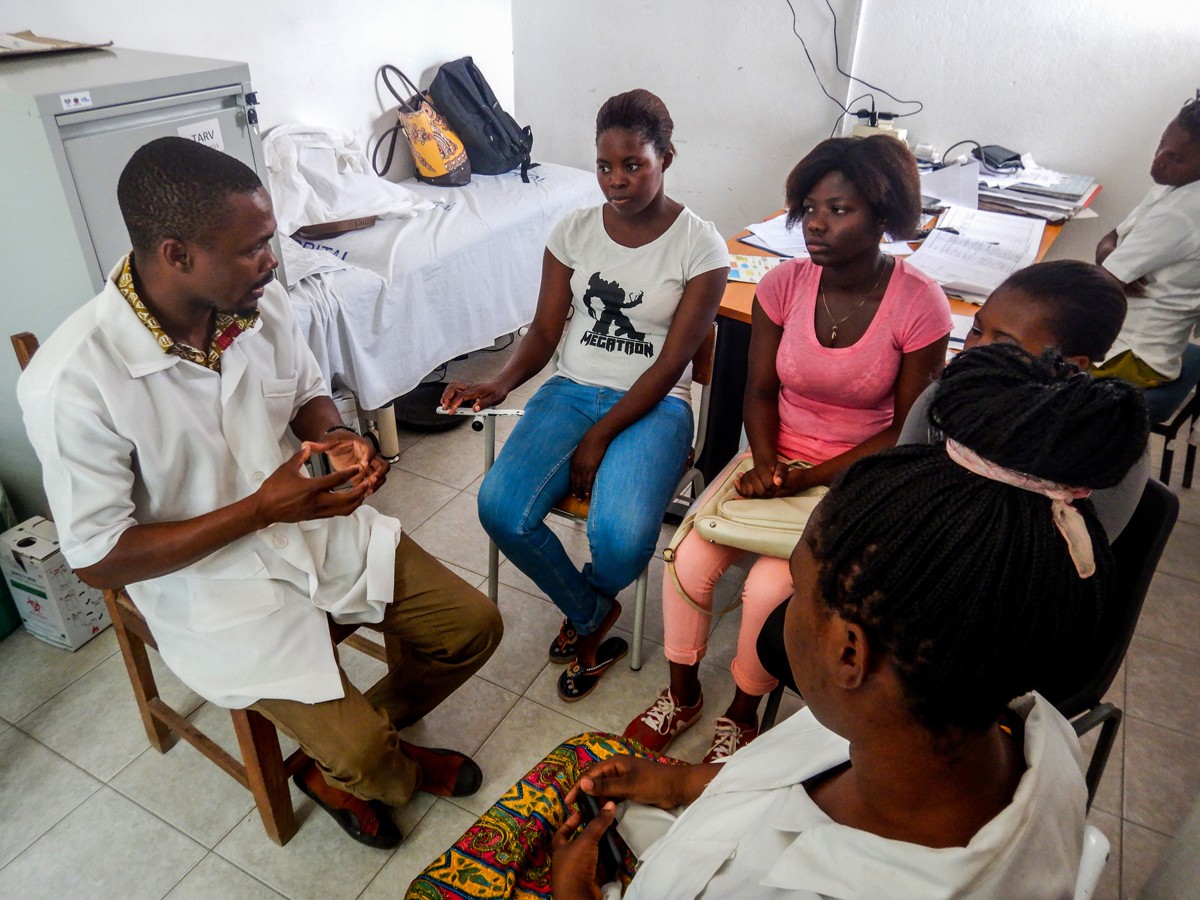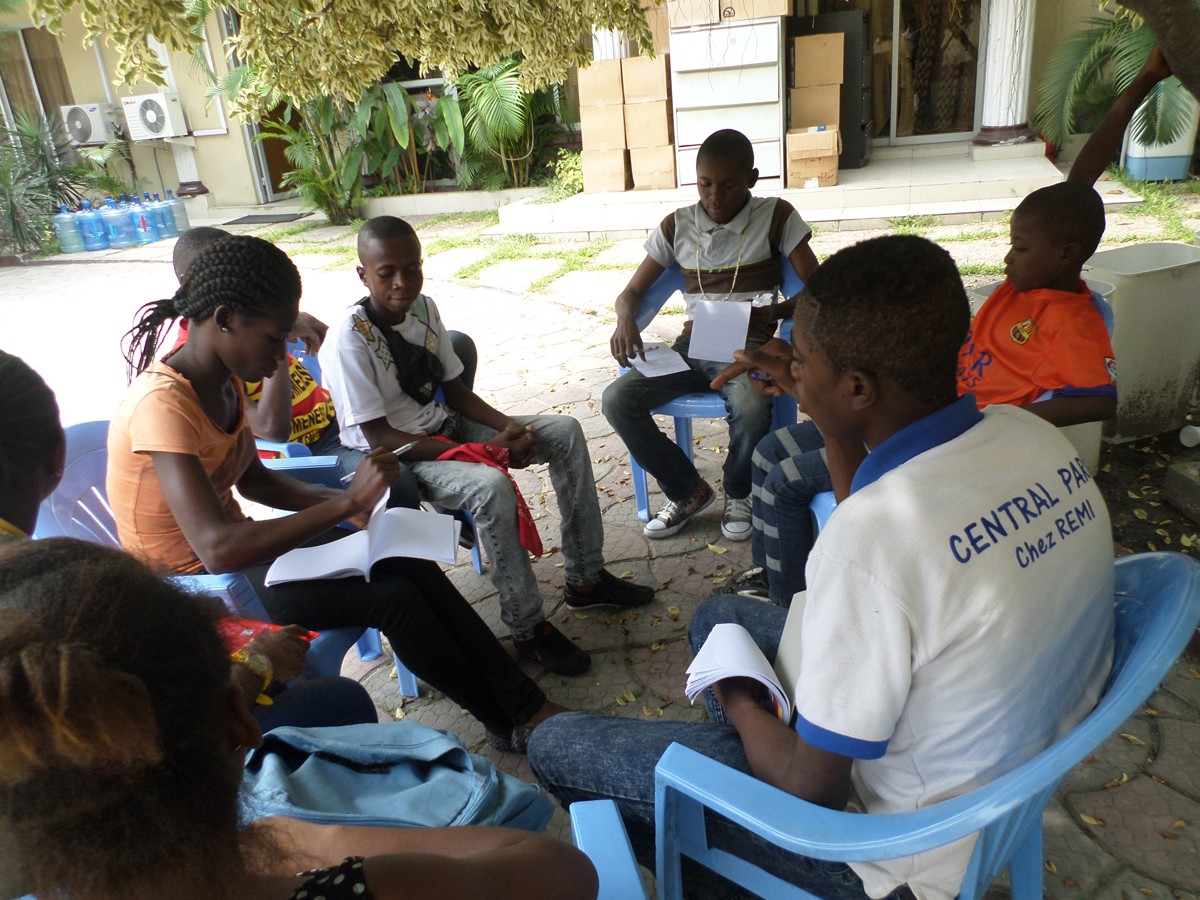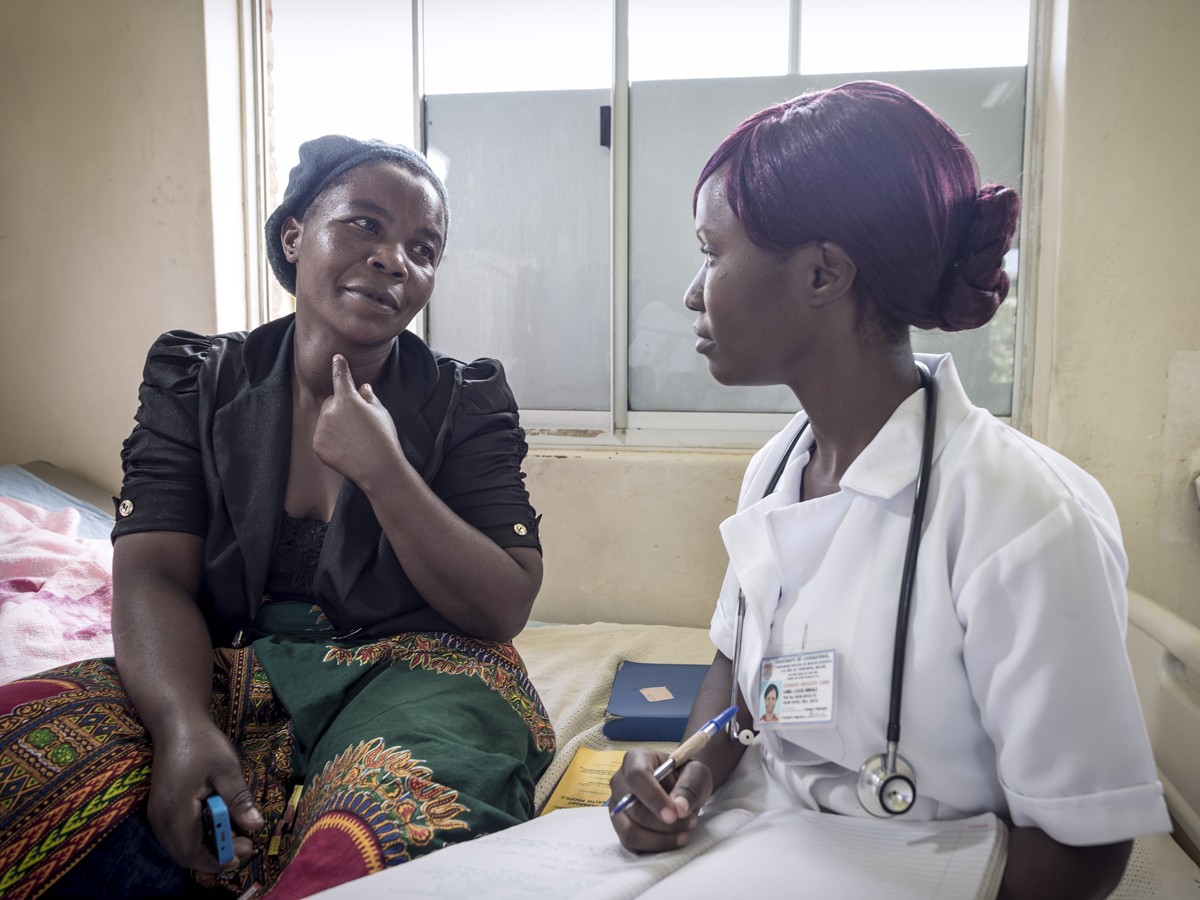Abstract: The design and evaluation of national HIV programs often rely on aggregated national data, which may obscure localized HIV epidemics. In Ethiopia, even though the national adult HIV prevalence has decreased, little information is available about local areas and subpopulations. To inform HIV prevention efforts for specific populations, we identified geographic locations and drivers of HIV transmission. We used data from adults aged 15-64 years who participated in the Ethiopian Population-based HIV Impact Assessment survey (October 2017-April 2018). Location-related information for the survey clusters was obtained from the 2007 Ethiopia population census. Spatial autocorrelation of HIV prevalence data were analyzed via a Global Moran’s I test. Geographically weighted regression analysis was used to show the relationship of covariates. The finding indicated that uncircumcised men in certain hotspot towns and divorced or widowed individuals in hotspot woredas/towns might have contributed to the average increase in HIV prevalence in the hotspot areas. Hotspot analysis findings indicated that, localized, context-specific intervention efforts tailored to at-risk populations, such as divorced or widowed women or uncircumcised men, could decrease HIV transmission and prevalence in urban Ethiopia.
Authors:








